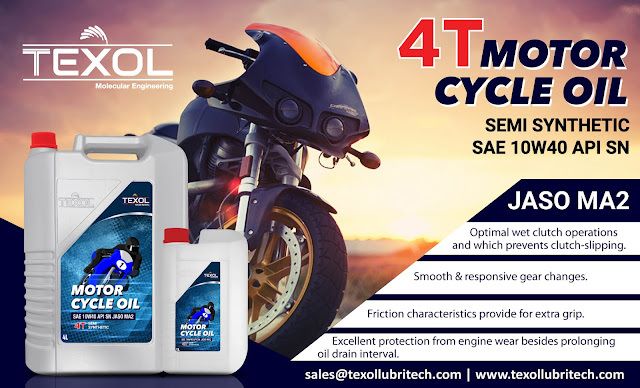Understanding the important Properties of Marine Lubricants

Marine engine oils are a class of lubricants used to keep low- and medium-speed marine engines, which are typically found on larger ships, running properly. All lubricants aid in the reduction of friction, heat, and the prevention of damage. Marine lubricants have unique properties that make them ideal for use in boat motors, on ships, and in other marine-related applications. The oil comes in a variety of grades and types, depending on engine speed, working conditions, operations, and specific requirements or regulations. Because of its mechanical configuration and operating conditions, each piece of equipment necessitates a specific type of lubricant. The lubricant's goal is to improve the equipment's reliability. It is unquestionably dependent on the operating pressure and temperature, mechanical stress, frequency of use, and a variety of other environmental parameters. The important properties of marine lubricants Viscosity: The ability of a fluid to resist movement or ...









